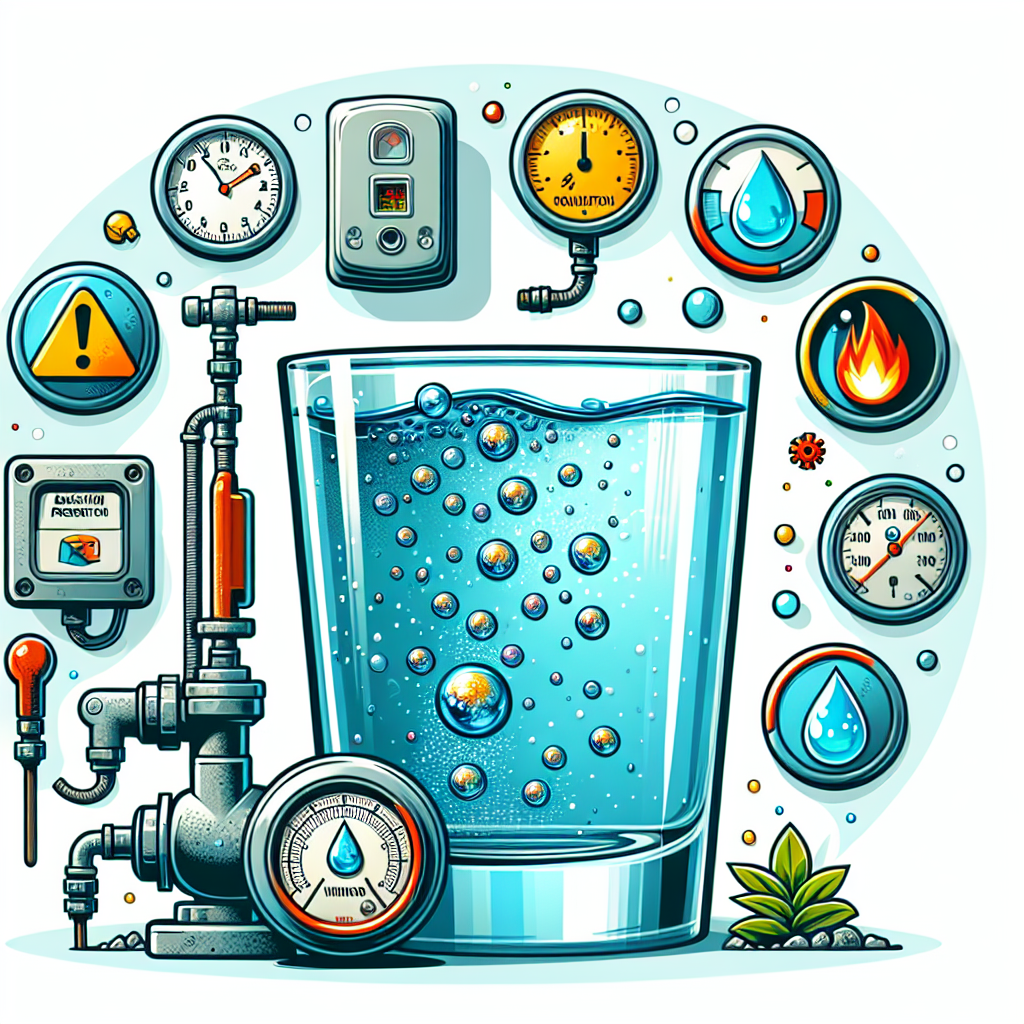Having access to clean and safe drinking water is essential for maintaining good health and well-being. One crucial aspect often overlooked in water safety is backflow prevention. Backflow occurs when water flows backward into the clean water supply, potentially contaminating it. Understanding the indicators that signal the need for backflow prevention can help homeowners and businesses protect their water supply. Here’s what you need to know!
What Is Backflow?
Backflow is an undesirable reversal of flow in a water system, which can lead to the contamination of potable water supplies. It can happen due to several reasons, including pressure changes within the system, broken pipes, or improper connections. This contamination can pose serious health risks, making backflow prevention an essential component of water safety management.
Why You Need Backflow Prevention
Investing in backflow prevention is not just about compliance with local regulations; it’s about ensuring the safety of your family or customers. The consequences of backflow can be severe, including health issues and costly water quality treatments. Typically, backflow prevention devices help maintain safe drinking water and protect the overall sanitation of your water supply.
8 Indicators You Need Backflow Prevention
Recognizing the signs that indicate a need for backflow prevention can save you from potential hazards. Here are eight crucial indicators:
1. Unexpected Water Pressure Fluctuations
If you frequently notice changes in water pressure, such as sudden drops or surges, it may indicate a risk of backflow. These fluctuations can create conditions conducive to backflow, necessitating a thorough check of your plumbing system.
2. Your Property Has Irrigation Systems
Properties with irrigation systems, especially those that use water from a well or other non-potable sources, require backflow prevention devices. Without them, contaminants from irrigation can enter the main water supply.
3. Presence of Cross-Connections
A cross-connection occurs when potable water lines connect to non-potable water sources. If you have any cross-connections in your plumbing system, backflow prevention measures are crucial to ensure clean water remains uncontaminated.
4. Industrial or Commercial Use of Water
Businesses that involve heavy machinery, industrial processes, or culinary practices may face increased risks of contamination from backflow. If your property engages in such activities, it’s important to have preventive measures in place.
5. Frequent Plumbing Issues
If your plumbing system is prone to leaks or breaks, the chances of backflow increases significantly. Consulting a plumber to assess your system for potential vulnerabilities can help safeguard your water supply.
6. Older Plumbing Infrastructure
Older plumbing systems may not be equipped to handle modern flow requirements, leading to risks of backflow. If your home or business has outdated plumbing, consider upgrading your system to prevent contamination.
7. Lack of Backflow Prevention Devices
If you live in an area where backflow prevention devices are not mandatory, it doesn’t mean they should be excluded from your property. Adopting preventive measures proactively can save you from future health and legal challenges.
8. Local Health Regulations
Understanding local regulations regarding water safety can guide your backflow prevention efforts. Many municipalities require homeowner or business compliance with specific backflow prevention standards to protect community water supplies.
Protect Your Water Supply: Take Action Now!
If you recognize any of these indicators in your home or business, it’s time to take action. Consult with water safety experts or licensed plumbers to evaluate your plumbing system and install the necessary backflow prevention devices. Keeping your water supply safe is not just a legal obligation; it’s a responsibility towards your family, customers, and community.
Conclusion
Backflow prevention is a vital aspect of maintaining safe drinking water. By understanding the indicators that signal the need for backflow prevention, you can take proactive measures to ensure the quality of your water supply. Don’t wait for a crisis—prioritize water safety today to protect the health and well-being of those you care about. Invest in backflow prevention, and contribute to a cleaner, safer environment for everyone!


